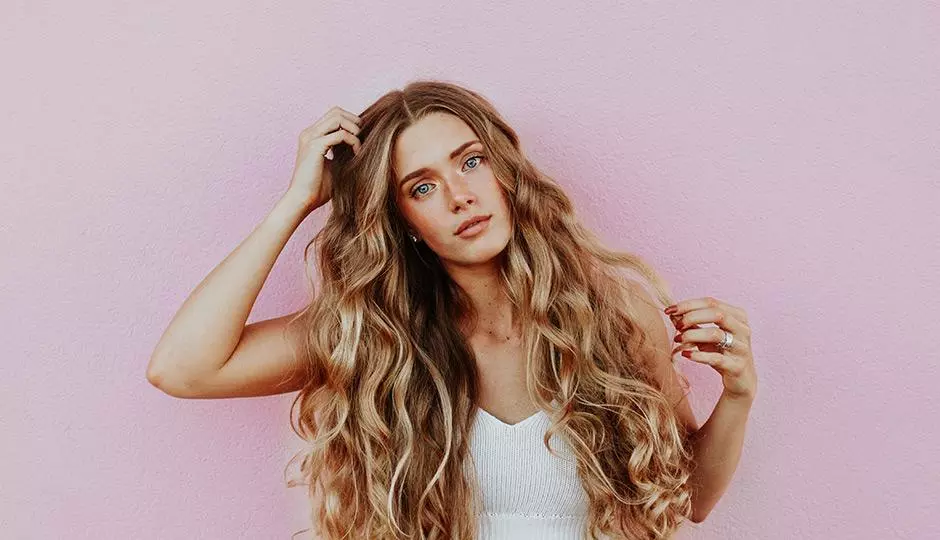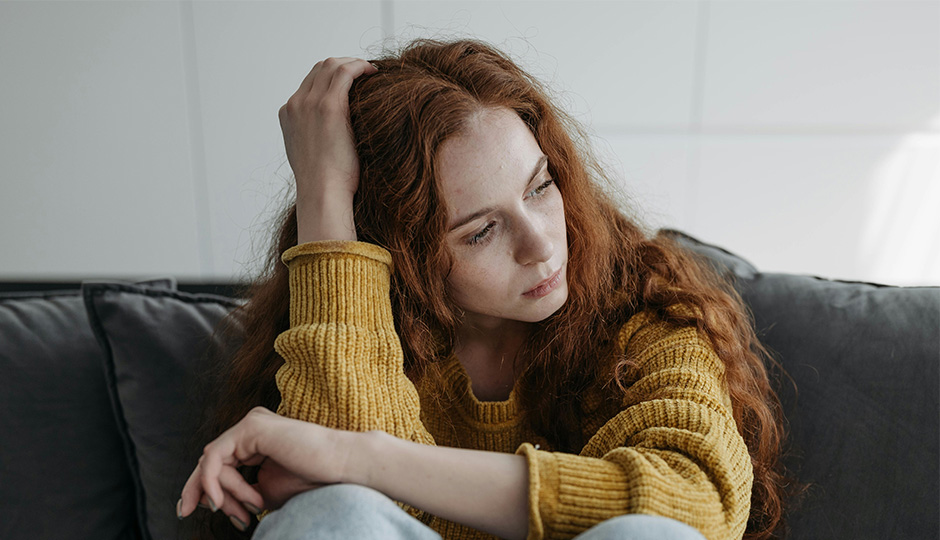Recently, there's been a boom in all-natural hair care products and even a no-shampoo cleaning routine. Why? Is this a fad or is there more to it? Well, with the help of the internet, many are learning that their commercial shampoos and conditioners could be contributing to thinning hair and hair loss.
But wait, aren't shampoos and conditioners supposed to keep hair full, shiny, and healthy? That may be how these products are marketed, but the reality is that a combination of overwashing and unnecessary ingredients could stunt hair growth. Let's examine how shampoos and conditioners work and learn more about how these culprits of hair loss are hiding in plain sight.
A Closer Look at Shampoo and Conditioner
Shampoos are designed to strip your hair of dirt, dust, and sebum. Sebum is the greasy substance that coats your hair after a few days without washing. Though sebum initially gives your hair a healthy shine, the accumulation of sebum makes your hair look (and feel) dirty and greasy and attracts particles such as dust and pollen. Although you can rinse away salt, debris, and dead skin, sebum and oils are water resistant. To strip your hair, shampoo contains detergents that act as surfactants. Surfactants lower the surface tension of water, allowing it to bind to oils and sweep them away when you rinse.
Conditioners are designed to make your hair softer, shinier, and more manageable. They contain fatty alcohols (which prevent static and frizz) and silicone to detangle the hair and smooth the cuticle. Conditioners are meant to help replace the protective coating on hair, though it is debatable as to whether it truly serves that function.
Although these breakdowns seem pretty straightforward, most shampoos and conditioners are loaded with additional ingredients. This is where the link to thinning hair and hair loss lies. These extra ingredients are supposed to function as thickeners, foaming agents, scents, and detanglers, but the mixture could disrupt hormonal balance and leave behind residue. Additionally, some of these added ingredients are carcinogenic in nature.
Read on for more information on the ingredients to avoid!
Identifying the Culprits
Many of the ingredients that are added to shampoos and conditioners could disrupt the natural production of oils on your scalp and leave build-up that hinders your follicles. The harsh combination of ingredients in these products could strip your hair of essential oils and also cause excess sebum production.
Here are a few ingredients to avoid.
- Sulfates - Sulfates are typically used because they produce a significant amount of foam. However, sulfates are a proven irritant, and they strip hair of essential oils and destroy the proteins that are necessary for healthy growth.
- Sodium Chloride - Sodium chloride could lead to a dry, itchy scalp, irritated follicles, and hair loss.
- Formaldehyde - Used as an inexpensive preservative, formaldehyde is used in a shocking number of commercial hair care products. Not only can formaldehyde cause damage to the DNA, but it is also a carcinogen.
- Parabens - Parabens can cause hormonal imbalance and trigger hair loss.
- Phthalates - These ingredients are used to provide fragrance in shampoos. They are also found in plastic water bottles, wood finishers, and shower curtains. They also disrupt hormones associated with hair growth.
Be sure to read the labels on all of your hair care products to avoid exacerbating thin hair and hair loss!
If you would like to learn more about the different causes of hair loss as well as your options to combat it, please contact us. The staff at LH Hair is dedicated to providing the best in personalized hair loss solutions. From non-surgical hair implants to polygraft hair replacement procedures, we do it all! Come in for your free consultation and discover the best methods, techniques, and styles to get the hair you've always wanted.



